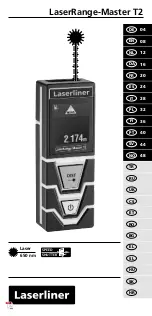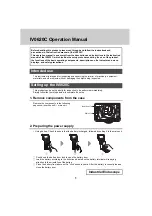
BARTINGTON INSTRUMENTS
Page 10 of 82 OM0408/49
The sensors can be broadly divided into laboratory and field survey sensors:
Type
Sensor
Purpose
Laboratory
sensors
MS2B
Measurement of magnetic susceptibility of soil, rock and
sediment samples.
MS2C
High resolution volume susceptibility measurements on
whole cores.
MS2E
Measurements with high spatial resolution along split cores
or suitably prepared geological specimens.
MS2G
Measurements of powder or liquid samples.
MS2W
Measuring temperature dependency of magnetic
susceptibility.
Field
survey
equipment
MS2D
Assessment of the concentration of ferromagnetic materials
in the top 100mm of the land surface.
MS2F
Stratigraphic study of exposed geological and
archaeological sections.
MS2H
Down-hole sensor for sub-surface measurements of
volume magnetic susceptibility of strata.
MS2K
Highly repeatable measurements of the volume magnetic
susceptibility of moderately smooth surfaces.
The full range, specifications and functions of the sensors available for use with the MS2 meter
are given in the product brochure.
4.3. Operating Environment Considerations
The following environmental factors should be taken into account when using the MS2 system.
4.4.1. Temperature Induced Drift
The MS2 sensors operate on the principle of comparison between the magnetic permeability
of air and the relative permeablility obtained with the contribution of the sample magnetic
permeability. In order to do this the sensors are required to measure the magnetic permeability
to a high resolution. This can be a very demanding requirement as any change in temperature
can lead to a slight distortion of the coil shape, causing an apparent change in permeability, and
therefore in susceptibility.
Each sensor employs its own technique for temperature compensation to minimise any
temperature induced drift. A facility for automatic correction of temperature drift at the end of a
measurement sequence is also provided by the Multisus and Bartsoft software packages. This
drift correction is worked out by taking a zero (or blank) reading at the start, and then taking a
second blank reading (not a zero) after the sample measurement.











































